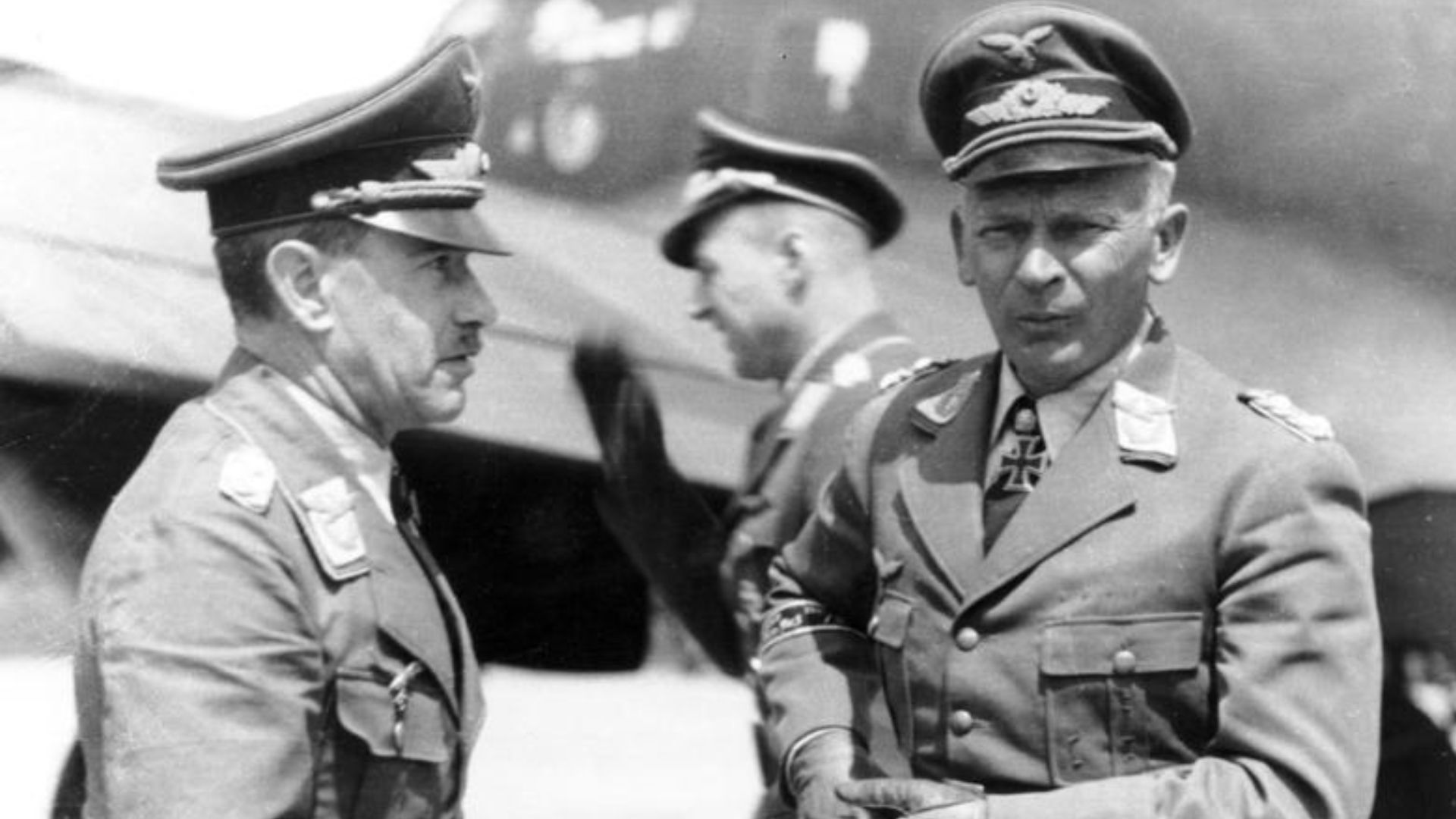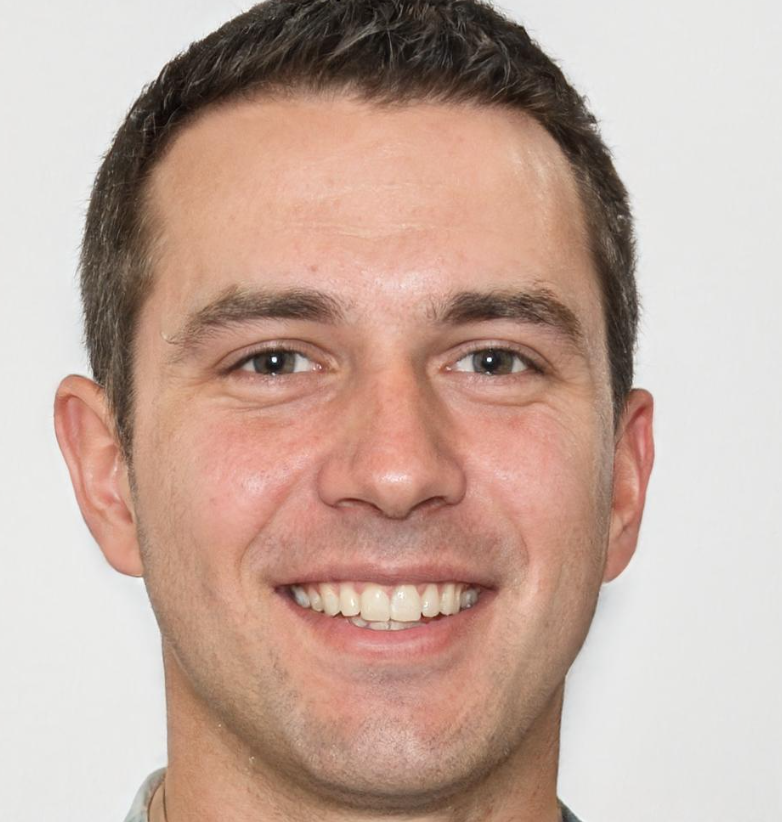
Wolfram Freiherr von Richthofen( October 10, 1895, near Striegau (now Strzegom) in Prussian Silesia (now Poland) 12 July 1945 in Bad Ischl) was an officer in the Army and the German air. Since 1943, he held the rank of General field marshal.
Starts
Wolfram von Richthofen was the nephew and adopted son of a cavalry general, Manfred von Richthofen (not to be confused with his cousin Manfred von Richthofen, aka the “Red Baron”). He followed his father’s footsteps by entering in 1913, at age 18, as a midshipman in the 4 Hussars. In 1914, after completing the course of the war school in Kassel, he was promoted to lieutenant.
World War I
Until 1917, Richthofen took part in the battles of the First World War in its Hussars, where he rose through the ranks to become commander of a squadron.
He was then transferred to the flight school in Halle, where he trained as a pilot. In March 1918, he joined as a fighter pilot, Jagdstaffel 11, which was commissioned by his famous cousin, the Red Baron Manfred von Richthofen. Wolfram von Richthofen won eight aerial victories to end the conflict and was then the owner of the Iron Cross 2.
Between the wars
Richthofen left active duty in early 1920 with the rank of Oberleutnant (Lieutenant). Then, he began studying mechanical engineering at the Technical University of Hanover until his engineering degree in 1923. In November 1923, Richthofen Ohlau reinstated the army with the rank of lieutenant in the 11 Cavalry Regiment of the Reichswehr, the German army of the Weimar Republic.
He remained only a short time in the unit because he already participated at that time in the secret reconstruction of the Luftwaffe.
In 1925, he was again lieutenant, and in November 1928, he became the commander of the carrier. In February 1929, he was appointed Hauptmann (captain). In parallel, Richthofen continued to attend classes at the Technical University of Berlin to perform a PhD.
In April 1929, Richthofen was seconded for two and a half years in the German Embassy in Rome as a military attaché to study, still unofficial, the Italian Air Force. After his return to Germany, he was assigned to a commander of a transport company again. He held this position until October 1933, when he joined the new Luftwaffe.
Initially, Richthofen was assigned to the Ministry of Aviation as Head of Research. Then he was promoted to the rank of Major (Commander) in 1934, then in 1936 to the position of Oberst lieutenant (lieutenant colonel). The same year, he went to Spain as Chief of Staff of the Condor Legion to participate in the Spanish Civil War (especially during the bombing of Guernica on 26 April 1937).
In October 1937, after his return from Spain, Richthofen was appointed colonel in January 1938. April, he took command of 257 Wing Bombers Lüneburg. In November, he was appointed to the rank of General Major (General Aviation Brigade) and was again sent to Spain, this time as commander of the Condor Legion, whose mission stopped in May 1939.
World War II
At the beginning of World War II, during the Polish campaign, Richthofen was assigned to support 10 German army. Richthofen units achieved many successes during the destruction of the Polish Air Force in the early days of the war.
At the outbreak of the campaign in the West in 1940, Richthofen was the Commanding General VIII. “Fliegerkorps “(8 Air Corps). During this campaign, the units also achieved significant success that made Richthofen receive the Knight’s Cross of the Iron Cross on 10 May 1940, and he was appointed by jumping a degree, General der Flieger (General Corps) July 19, 1940.
During the Balkan campaign, Richthofen ordered units that participated in the Battle of Crete.
During the Russian campaign, the Air Corps Richthofen was initially assigned to the air support of 3 armored groups. In February 1942, Richthofen was appointed General Oberst (army general). He participated with his units to conquer Crimea, and on July 4, 1942, he was named head of Luftflotte 4 (4 fleet). February 16, 1943, Richthofen was appointed General field marshal (Field Marshal) at the age of only 47 years. He thus became the youngest General field marshal in the Prussian-German military history. On 12 June 1943, he was appointed commander of Luftflotte 2 in Italy, and on July 17, he was handed oak leaves to his Knight’s Cross of the Iron Cross.
But now, units Richthofen was in bad shape against the overwhelming excess of the Allied air forces, and only a partial success could still be achieved.
Suffering from brain cancer, Richthofen had to give up his office on October 27, 1944. He died from his illness on July 12, 1945, in Bad Ischl, Austria, while a prisoner of war by the Americans.
Specials
•Fähnrich – March 22, 1913
•Lieutenant – June 19, 1914
•Temporary Oberst lieutenant – 29 February 1920
•Joined the Army with the rank of Lieutenant – November 1923
•Oberst lieutenant – 31 July 1925
•Hauptmann – February 1929
•Major – June 1934
•Oberst lieutenant – April 20, 1936
•Oberst – January 23, 1938
•General major – November 1938
•General der Flieger – July 19, 1940
•General Oberst – February 1942
•General field marshal – February 16, 1943
